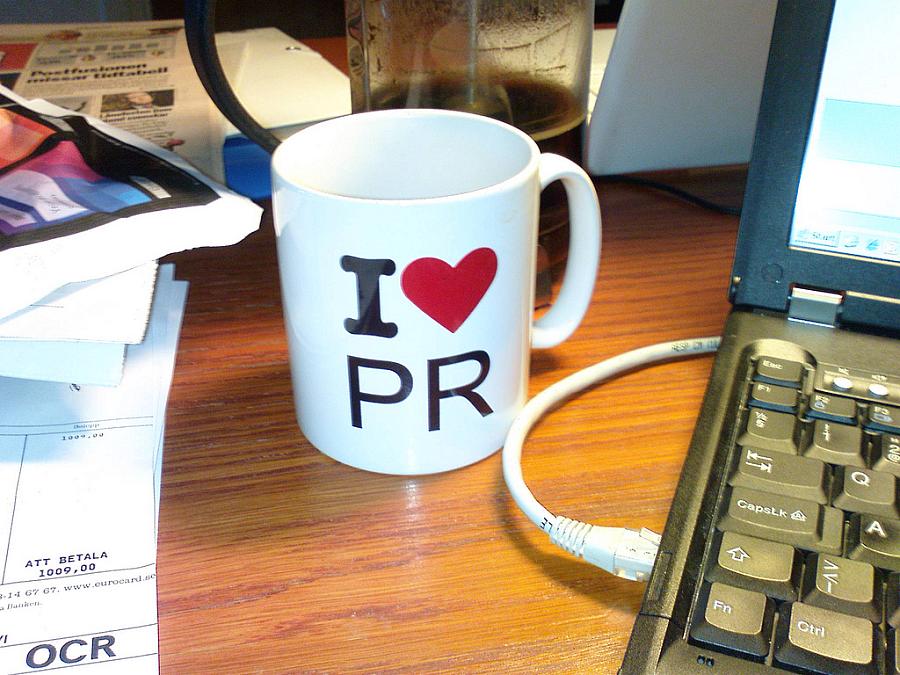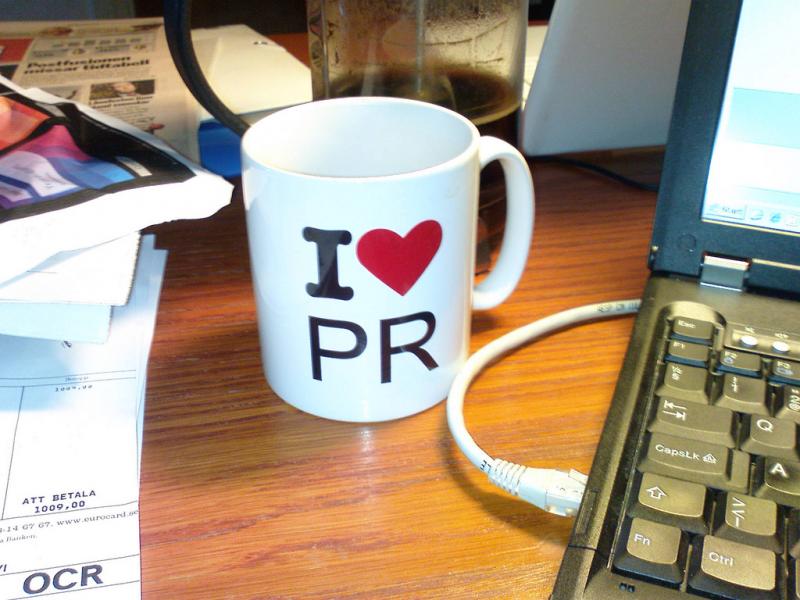Complete Health Reporting: News Releases Should Spark, Not Replace Good Questions

This is part of my ongoing series explaining the 10 essential elements to writing a complete story about a treatment, drug or device.
 Do not rely too much on a news release. Reporters are busy, and it is understandable that some might simply copy and paste the text of a news release from a trusted institution or medical journal, tweak the language a bit and put their byline on it.
Do not rely too much on a news release. Reporters are busy, and it is understandable that some might simply copy and paste the text of a news release from a trusted institution or medical journal, tweak the language a bit and put their byline on it.
Understandable, but not necessarily good for readers.
You all know this, but it bears repeating: At their best, news releases are designed to distill complex science into understandable language that will generate interest from the media and the public at large. At their worst, they are designed to sell a particular product with no grounding in the evidence.
In all cases, they present information in the most positive light. They make much of the benefits found for a particular treatment and spend little – if any – time on the harms. They don't focus on the study's limitations or the researchers' conflicts of interest.
This does not mean that the information in a news release is false or meant to deceive. But as someone who has written many news releases, I can say that reporters should use a news release as a jumping off point, not a destination.
The British Medical Journal published a paper in January 2012 that underscored how much reporters rely on releases. It showed a strong connection between the quality of the content in press releases and the quality of resulting news stories. And it found that information missing from news releases was often missing from news stories.
Sometimes a reporter will take the quotes from the news release and add "said in a written statement." Sometimes a reporter will leave the quotes as-is, implying that they were said during an interview. Why not ask a few questions instead? Nothing beats the give and take of an interview, even by email.
Also, it makes sense to contact the people quoted in a press release, but it's always a good idea to go beyond those sources. It's especially common for reporters to use the same patients who were quoted in a release. For a time-pressed reporter, this might appear logical because all the privacy paperwork has been handled and the patients are clearly ready to share their stories. But remember that, like all the other information in the release, these patients have been selected to present the research in a favorable light.
A press release went out recently about a new hearing device. There was no new study being published in a peer-reviewed journal. There was no new report on hearing devices being released. There wasn't even a talk at a scientific conference being given. Instead, this was a release designed to promote one particular surgery and one particular hearing aid product. The release said:
Lesa Merlo's hearing loss was so severe she had to read her children's lips when they talked to her. Then Dr. Sam Marzo of Loyola University Medical Center implanted a new hearing device in her middle ear.
"I could hear their real laugh for the first time since they were babies," she said. "It was different, clear, pure and more beautiful than I could have ever imagined."
For the first time in years, Merlo also can hear leaves blowing in the wind or heels clicking on a tile floor. She marvels at how much better her favorite songs sound. And she has turned off the closed captioning on the television in the Hinsdale home she shares with her husband and three school-age children.
"The device has had a profound, life-changing effect," she said.
Merlo made several appearances in news stories, too. One story said:
Since her teens, Lesa Merlo, of Hinsdale, had learned to compensate as her hearing declined. She used the television's closed-captioning feature. She read lips and paid attention to body language. Often, it meant only being able to do one thing at a time, explained the mother of three young children.
Now, thanks to an implant called Esteem, Merlo can multitask. "I can make dinner and supervise homework at the same time," she said. "I don't have to stop and look directly at the children. I can hear what they're saying behind my back."
There were 57 patients who received these implants during a study required for U.S. Food & Drug Administration approval. Yet news coverage relied on this one patient's experience. Loyola obviously really liked her, too. It featured her in an advertisement for the implant.
Broadcast coverage of the story used some of the same video, no different than lifting portions of the news release and dropping it into a story. The larger problem with most of the coverage, though, was that reporters contacted no new sources and provided no new information beyond the news release.
If reporters had dug a little deeper, they would have found that three patients experienced a loss of some or all of the motor functions in their faces as a result of this surgery. In a transcript of an FDA hearing about the device, one member of the FDA panel asked a very good question that all reporters should have asked, too:
In stapes surgery, the incidence of delayed facial paralysis is less than 0.01%. In the cochlear implant surgery it's less than 0.1%. And if you include the data that you provided today, where you have three patients with delayed facial paralysis out of 57, that translates to 5.26%. Is there any explanation as to why the incidence of delayed facial paralysis is high for this particular surgery?
This, of course, prompts many other questions, including one for the FDA about why the device was approved in the first place. It may be a very good device with the potential to benefit many, but reporters have a duty to their readers to ask questions and get answers that aren't found in a news release.
Next: What's an overstretched reporter to do? Here's an alternate route.
Related Posts:
Complete Health Reporting: How to Make A News Release Work For You in 55 Minutes
Complete Health Reporting: Always Ask About Costs
Photo credit: Jerry Silfwer via Flickr
